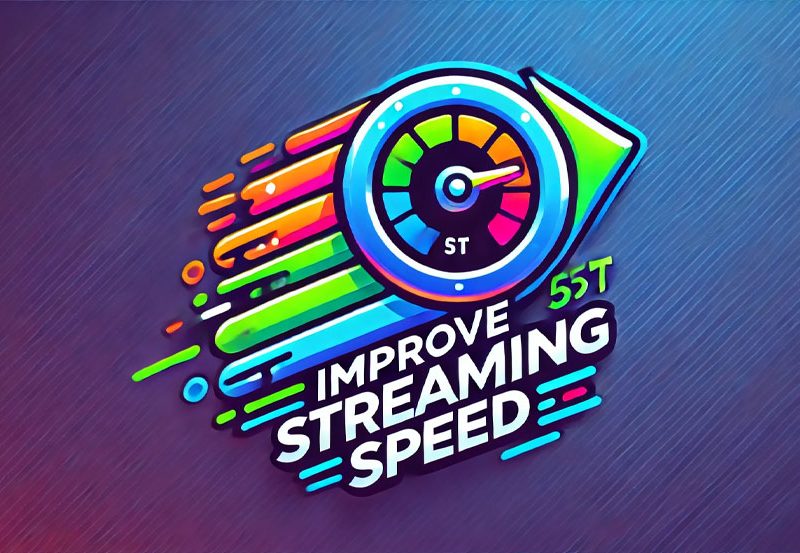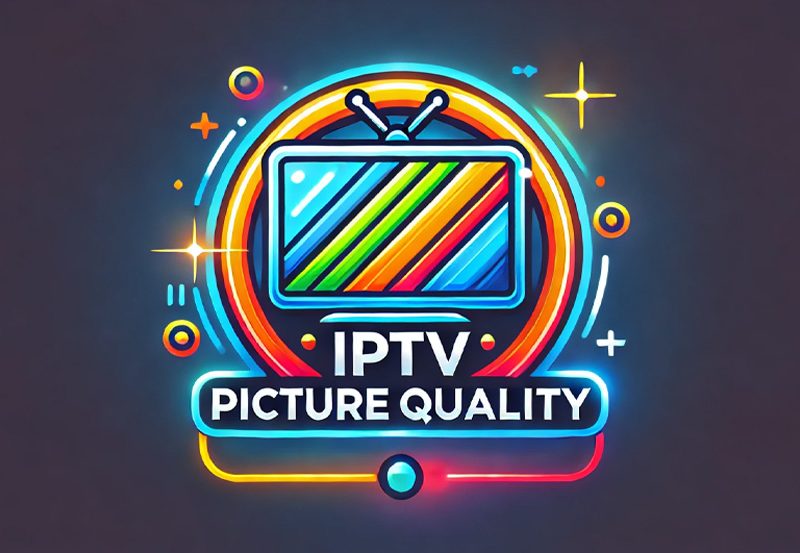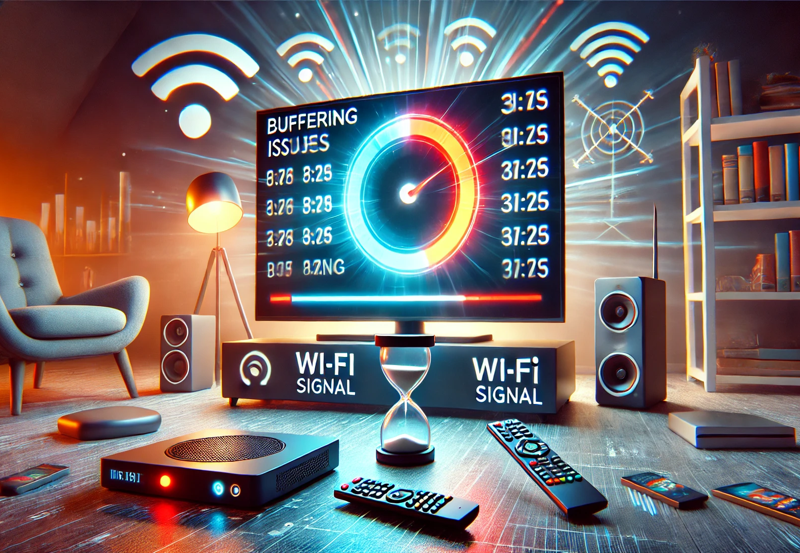IPTV has revolutionized the way we consume entertainment, providing users with a wide range of channels and on-demand content through internet streaming. However, even the best IPTV service can sometimes face picture quality issues, which can range from pixelation and buffering to freezing screens. Understanding how to diagnose and resolve these issues can make the difference between a frustrating experience and seamless viewing. Here, we will guide you through common IPTV picture quality problems and provide practical solutions to fix them.
1 Month IPTV Subscription – Buy Now
1. Check Your Internet Connection
One of the most common reasons for IPTV picture quality problems is an unstable or slow internet connection. IPTV relies heavily on a steady data flow, and any disruptions can result in buffering or a decrease in video quality. Begin by running a speed test to check your current internet speed. Most IPTV services recommend at least 10 Mbps for standard streaming and 25 Mbps or higher for HD or 4K content. If your speed is lower, try the following steps:
- Restart your router and modem.
- Ensure there are no bandwidth-intensive activities happening in the background, such as large file downloads or multiple devices streaming simultaneously.
- If possible, switch from Wi-Fi to a wired Ethernet connection, as this can significantly improve stability.
2. Evaluate Device Performance
Your IPTV picture quality may also suffer due to limitations or issues with your streaming device. Older devices may struggle with newer, more demanding streams, leading to lag or freezing. To diagnose device-related issues:
- Check the device’s processing power and memory. If your device is running low on memory, close unnecessary apps or processes that may be hogging resources.
- Update your device’s firmware and IPTV app to the latest version. Often, updates contain fixes that resolve bugs and optimize performance.
- Consider upgrading to a more powerful device if yours is outdated and cannot handle high-resolution streams.How IPTV Smarter is Changing the Way We Consume Content
3. Adjust Streaming Settings
Sometimes, the streaming settings in your IPTV app may not be properly optimized for your internet connection or device capabilities. To fix picture quality problems, consider adjusting these settings:
- Lower the video resolution to match your internet speed. While 4K streams look great, they require substantial bandwidth. If your connection struggles, try reducing the resolution to 720p or even 480p.
- Reduce the buffering time in your IPTV player settings. Increasing the buffering time can sometimes lead to smoother playback, but if set too high, it may also cause delays in starting the stream.
- Switch the video codec to a more compatible format. Many IPTV apps offer multiple codecs such as H.264 or H.265, and switching between them may resolve certain issues.
4. Investigate Network Congestion
Network congestion, particularly during peak viewing hours, can affect your IPTV experience. Congestion occurs when too many people are using the internet simultaneously, leading to slower speeds. Here are some ways to alleviate the impact of network congestion:
- Use a Virtual Private Network (VPN). A VPN can help you bypass network throttling by your Internet Service Provider (ISP), which sometimes limits your bandwidth during high-traffic periods.
- Schedule your viewing during non-peak hours, if possible. Watching your favorite shows or movies early in the morning or late at night can minimize network congestion issues.
- If your ISP frequently throttles your speed, consider switching to an ISP that offers more consistent bandwidth without limiting your streaming.
5. Optimize IPTV App Settings
Most IPTV apps come with customization options that can improve picture quality when adjusted correctly. Look into the app’s settings for specific configurations that can help you:
- Turn on hardware acceleration if your device supports it. Hardware acceleration can enhance playback quality by offloading processing from the CPU to the GPU, resulting in smoother performance.
- Select a different server or content delivery network (CDN) within your IPTV app. Many IPTV services offer multiple servers, and switching servers can help if you’re experiencing issues with one.
- Clear the app cache. Over time, cache files can accumulate and interfere with streaming. Regularly clearing the cache can improve app performance.The Rise of IPTV: What Makes it the Best Streaming Option?
6. Ensure IPTV Provider Quality
Sometimes, picture quality issues may stem from the IPTV provider itself. If the provider’s server is overloaded or the streams are not properly optimized, no amount of troubleshooting on your end will fully resolve the issue. To determine if the provider is the problem:
- Test different channels. If only certain channels have poor quality while others are fine, it might be a provider-side issue.
- Reach out to the IPTV provider’s support team. They may be aware of ongoing server issues or can provide advice on fixing specific problems.
- If the problem persists and your provider is not responsive, consider switching to a more reliable IPTV service.
7. Check for Interference and Equipment Issues
Wireless interference from other devices, such as microwaves or other routers, can degrade IPTV picture quality. To minimize interference:
- Place your Wi-Fi router in an open, elevated space and away from potential sources of interference.
- Ensure your router operates on the 5 GHz band if supported, as it is less prone to interference compared to the 2.4 GHz band.
- Consider investing in a mesh Wi-Fi system to improve coverage and reduce dead spots in your home.
Conclusion
Dealing with IPTV picture quality issues can be frustrating, but with the right troubleshooting steps, most problems can be resolved effectively. From ensuring a stable internet connection and optimizing your device settings to choosing the right IPTV provider, there are many ways to improve your viewing experience. By taking the time to diagnose the root cause of picture quality issues and implementing the suggested fixes, you can ensure a smoother and more enjoyable IPTV experience that truly rivals traditional television.





